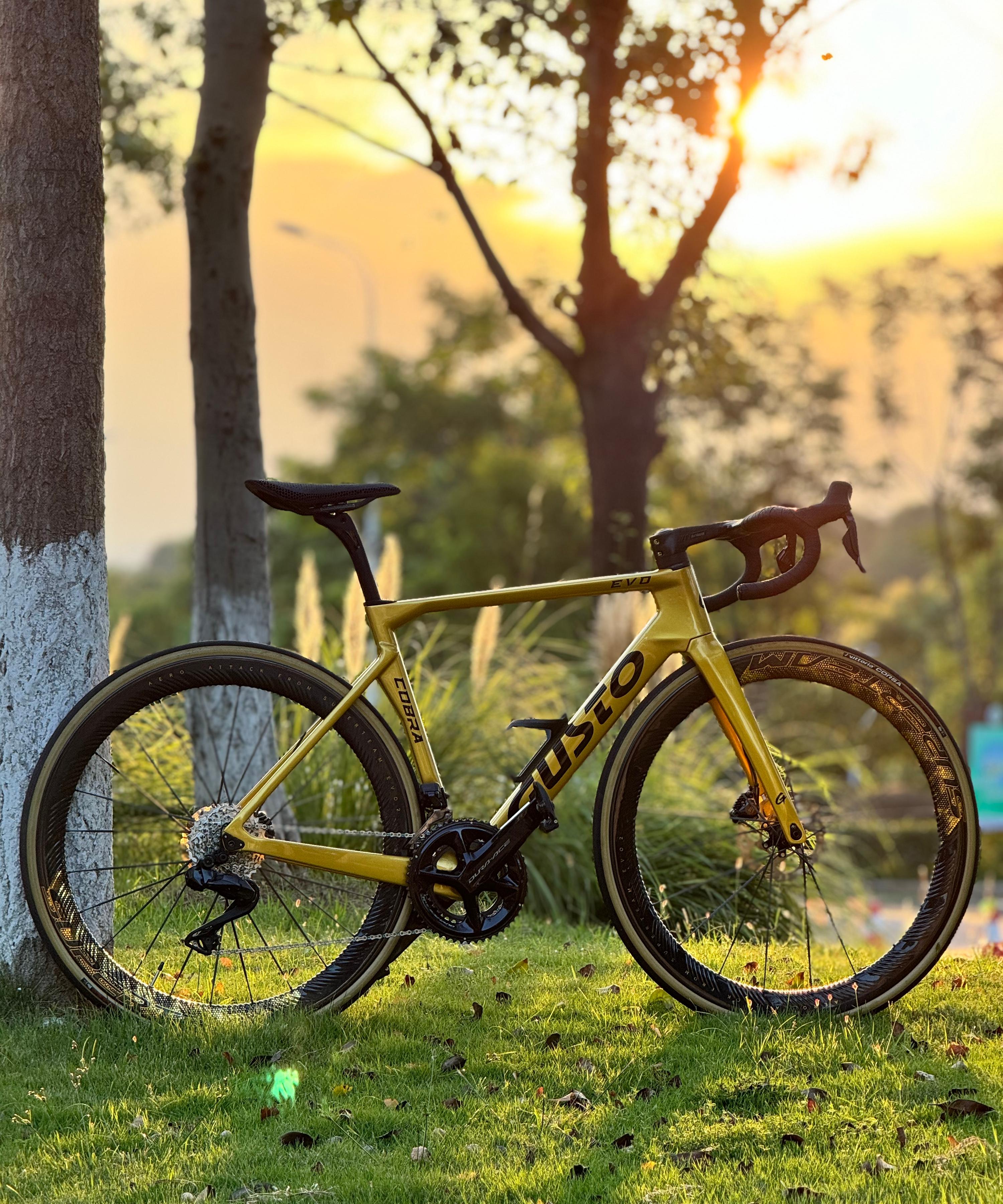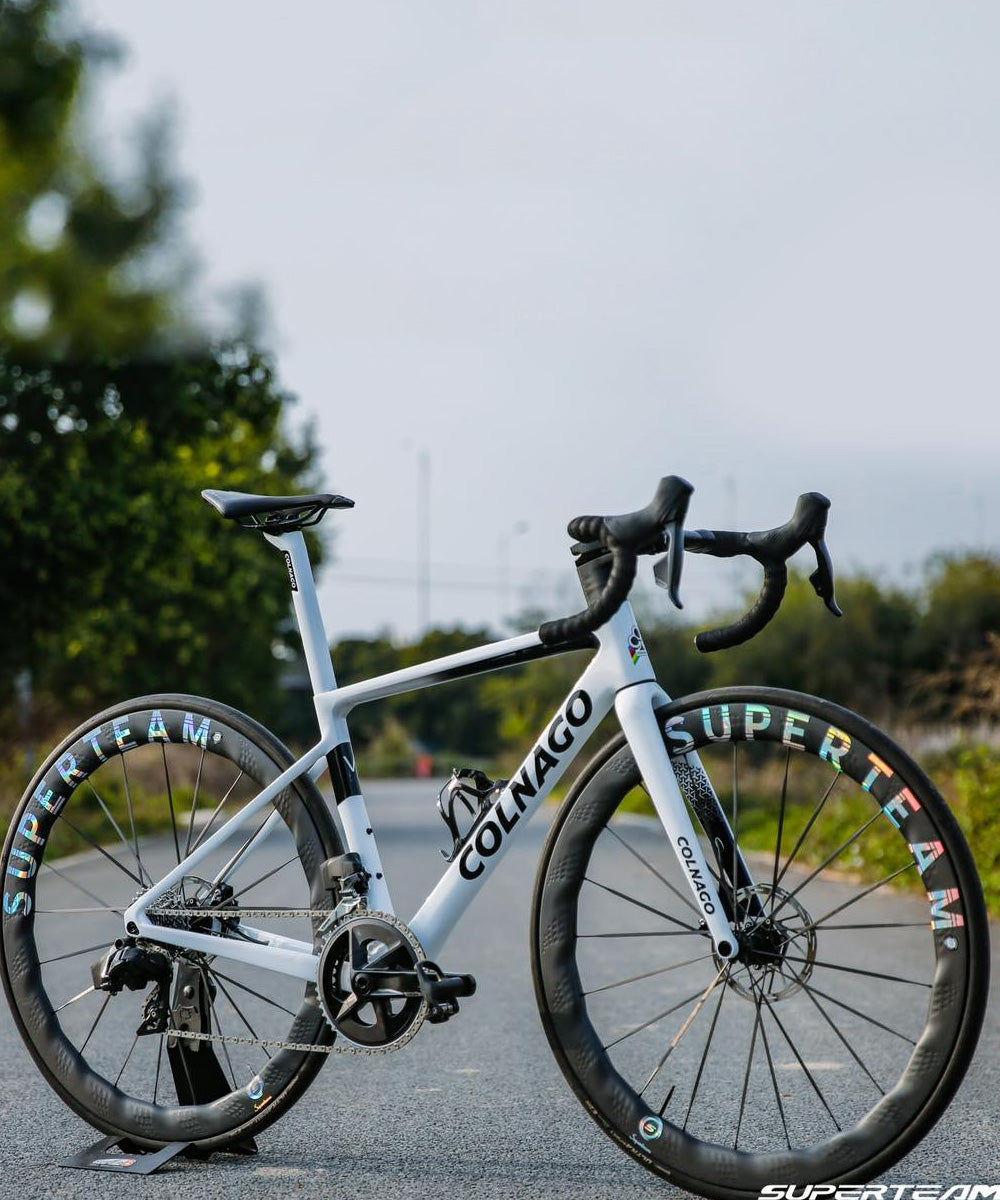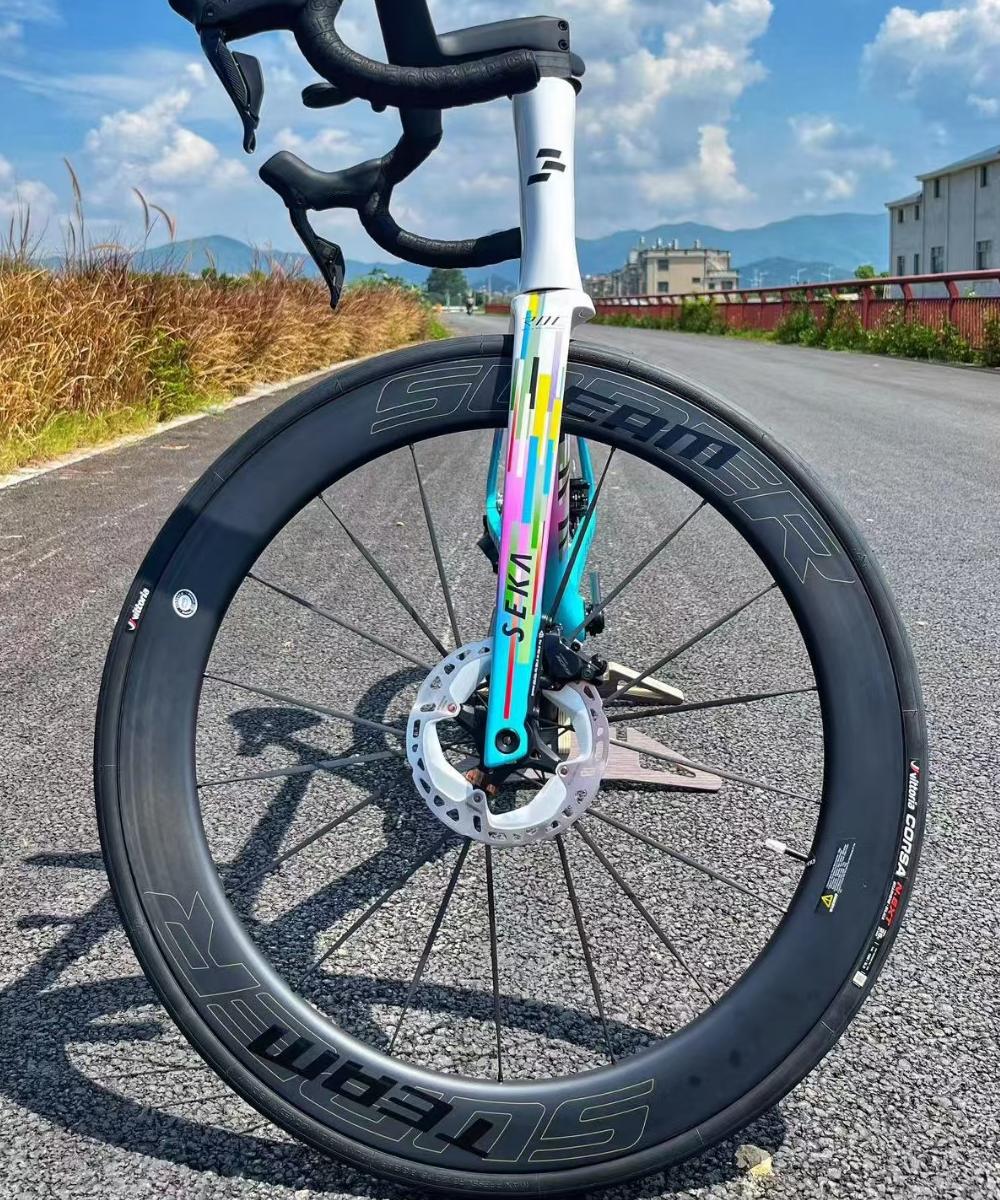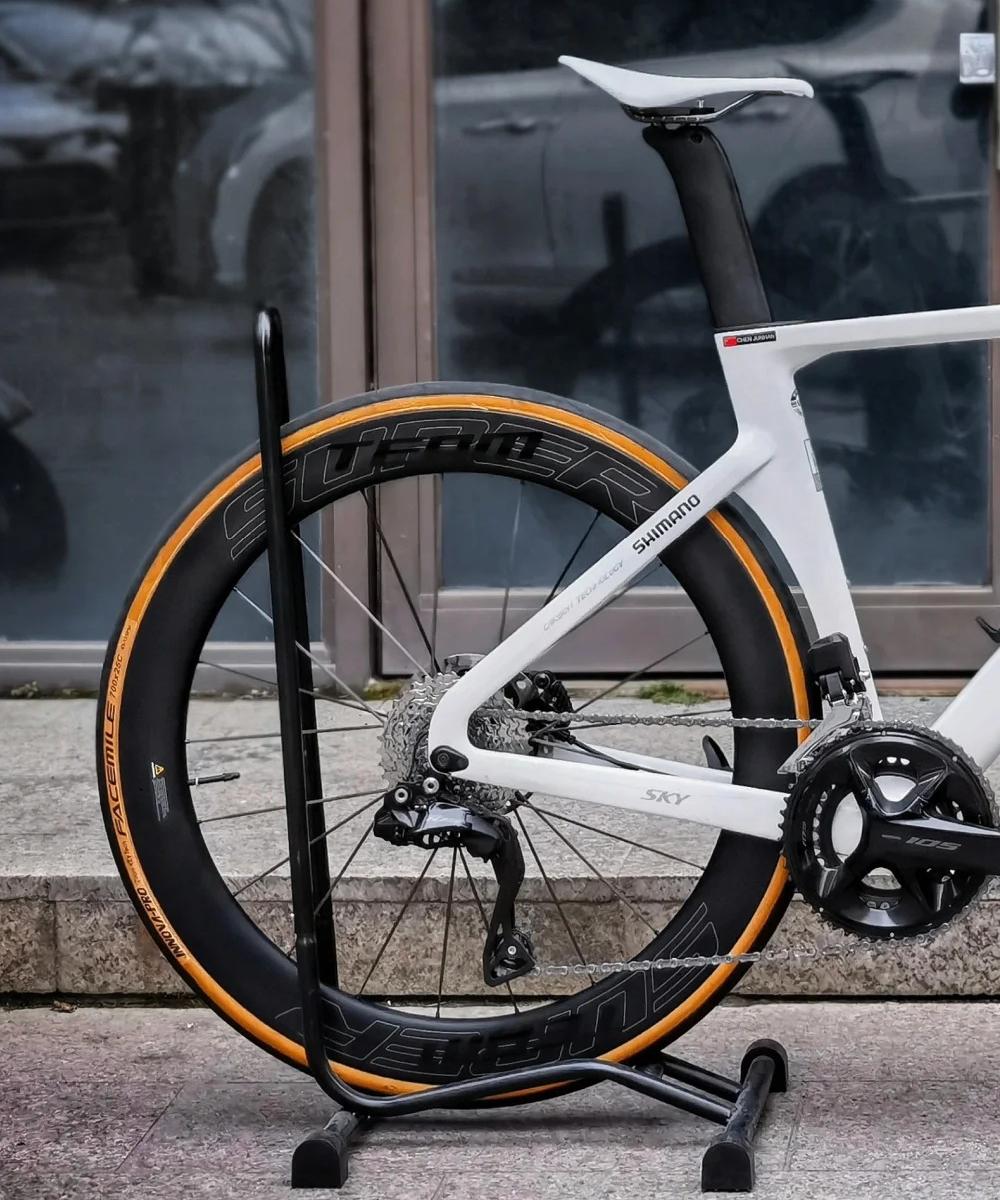Why Spoke Lacing Patterns Matter More Than You Think
When it comes to wheel performance, most cyclists focus on rim depth, hub quality, or spoke material. Yet one critical factor often goes unnoticed — the spoke lacing pattern. This simple detail determines how power, tension, and torque are distributed through your wheel, directly affecting stiffness, durability, and ride feel.
A lacing pattern refers to how spokes connect the hub to the rim — commonly seen as radial, 2-cross, 3-cross, or 4-cross setups. Each has unique mechanical properties and is designed for specific riding needs.
Radial lacing means each spoke runs straight from hub to rim without crossing others. It offers a clean aesthetic and low weight, often used on front wheels where torque transfer is minimal. However, it sacrifices lateral strength and shock absorption, making it unsuitable for rear or disc brake wheels.
2-cross and 3-cross patterns, where each spoke crosses others twice or three times, strike a balance between stiffness and flexibility. These setups improve torque transfer and impact resistance, making them ideal for rear wheels or disc brake configurations. 3-cross remains the most common choice, providing durability and consistent spoke tension under load.
The 4-cross pattern, rarely seen today, was once used for heavy-duty touring or tandem bikes where maximum strength was essential. Modern wheel and material improvements have reduced the need for such dense lacing, but it’s still valuable in high-load conditions.
The pattern also influences aerodynamics and comfort. Fewer crossings reduce turbulence and drag, while more crossings distribute stress better, enhancing comfort over rough terrain. Carbon rims, being stiffer, often use lower crossing counts since they already resist deformation effectively.
Incorrect lacing or inconsistent spoke tension can lead to wheel flex, premature spoke fatigue, or even rim cracks. Professional wheel builders carefully select patterns that match hub flange spacing, spoke length, and intended use. For instance, high-torque e-bike or gravel setups demand different lacing than lightweight road racing wheels.
In short, spoke lacing isn’t just a design choice — it’s an engineering decision that shapes your wheel’s personality. Whether you prioritize aerodynamic efficiency, power transfer, or resilience, understanding lacing patterns helps you choose or build a wheelset that performs exactly the way you need.




